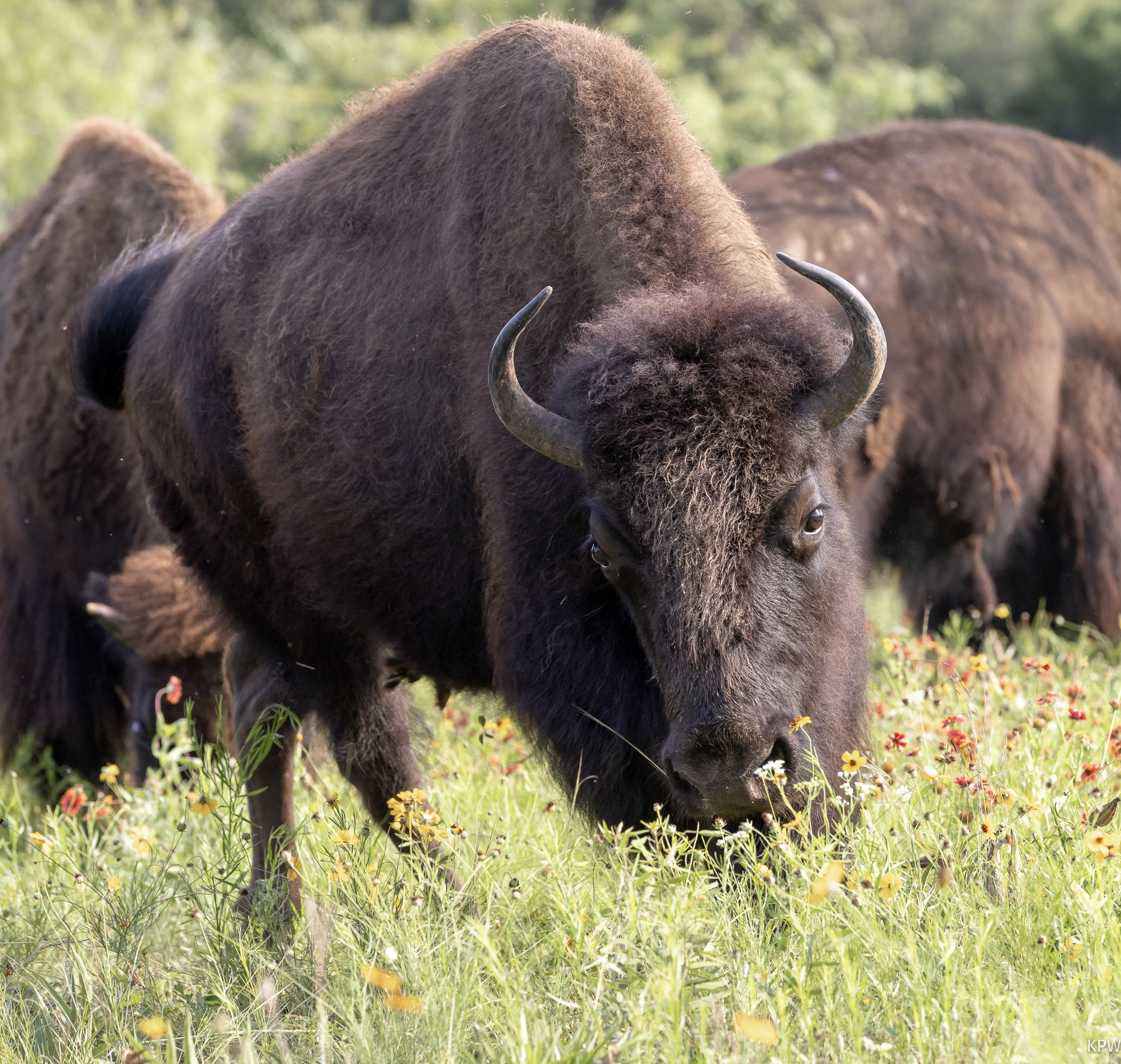Why Fort Worth Nature Center and Refuge Is A Great Place to Start New Year’s Resolutions
Whether You Want To Unplug, Get Active, or Spend More Time With Loved Ones, This Wildlife Sanctuary Has It All
BY Amanda Ogle // 12.28.24The Fort Worth Nature Center and Refuge has boardwalks for wildlife viewing. (Photo by K.P. Wilska)
Many New Year’s resolutions involve wanting to get healthier or to get more steps in. Some want to start a new hobby, like hiking or photography. Others want to be more present, fully immersed in good times with loved ones. And some want to spend more time unplugged, away from social media and the digital world. Luckily, there’s a place where all of this exists in Fort Worth, tucked away between Eagle Mountain Lake and Lake Worth: the Fort Worth Nature Center and Refuge.
More than 3,700 acres of oak forests, wetlands, prairies, and swamps make up one of the largest city-owned nature centers in the country. Visitors come for hiking, birdwatching, kayaking, photography, education, and wildlife viewing. Also a National Natural Landmark, it’s a special place to visit for self-reflection, solitude, and nature.
The idea behind the Nature Center and Refuge came from protecting the local watershed. After Lake Worth was built in 1914, land was bought around the West Fork of the Trinity River by the city of Fort Worth to protect the quality of drinking water for Fort Worthians. Local citizens and the Audubon Society rallied together, and in 1964, the Park Board allocated some land to create a wildlife sanctuary and preserve for the city to enjoy. Today, the staff here works to protect these precious lands and restore them with native flora and fauna, through methods including prescribed burns and even a bison herd.

The Wildlife at Fort Worth Nature Center and Refuge
The bison herd in mention — 16 bison in total — are used for rotational grazing through 210 acres of pastures. Grazing increases plant biodiversity and creates different grass lengths, which helps control invasive species. It’s also useful for nutrient cycling and nitrogen, which helps maintain grasslands.
On a recent visit, I spotted about a dozen of the herd behind a section of fence, grazing and lounging under the afternoon sun. “They have a hierarchy system within their herds,” David Reasoner, a wildlife management technician with the Nature Center and Refuge, tells me. That is soon evident as one female bucks away at another female for coming too close. “We tell visitors to just make sure not to stick their hands through the fence, as these are still wild animals,” Reasoner notes as the dominant female comes close to eye me. In short, don’t try to pet the fluffy cows.

This past summer, prairie dogs were reintroduced to the Nature Center and Refuge, as they also help keep the grass clipped for the bison in the summer. When the bison wallow in the short grass and dust, this helps keep the flies off them, too. In another section of land with more bison, you’ll see the little prairie dog mounds, known as towns, behind a fenced area. Watch for their brown heads poking out from the mounds and listen for their yips and high-pitched calls as they scurry about.
As the terrain transitions from forest to prairie lands, you’ll soon find swampy bits near the water, where alligators cruise and sunbathe on small islands. The team is doing lots of research and data on the alligators, regularly walking shorelines and spotlighting to collect survey numbers, chip alligators, take DNA samples, and conduct nest surveys.
After pulling over along Shoreline Drive, I spotted an alligator in the water, its head and tail barely poking above the surface. “That’s a mother alligator,” Reasoner notes. “We see her there all the time when it’s warm outside, and she had a nest on that tiny island not long ago,” he says.

What To Do at Fort Worth Nature Center and Refuge
The Nature Center and Preserve is also ripe with kayaking, hiking, birding, and fishing opportunities. There are numerous spots to launch a kayak or canoe and more than 20 miles of hiking trails throughout, where you’ll see marshes, canyons, and forestland, the only sounds around being the crunch of leaves under your feet or a nearby deer darting away. There’s no fishing allowed from the shoreline, but you can fish from your canoe or kayak and reel in crappie, bass, and catfish. Birdwatching is abundant here, with birders spotting kingfishers, painted buntings, duck species, hawks, and in the winter, bald eagles.
Families love the Hardwicke Interpretive Center for its wildlife ambassadors, which are used for teaching purposes. See snakes, possums, an owl, alligators, turtles, and more, or watch for programming that includes animal meet and greets. Every month, staff organize numerous activities, including hikes that leave from the Center, moonlit paddles, prairie walks, canoe tours, outdoor yoga, and plant workshops. A butterfly garden is in the works, too.
The Fort Worth Nature Center and Refuge is open daily. Adult admission is $6. Dogs are allowed on leashes, and permits are required to take professional photographs. No bicycles, jogging, horses, or motorized vehicles are allowed on trails. You can picnic in designated areas, but no fires or grills are allowed.
Unplug, get active, and spend time with loved ones at the Fort Worth Nature Center and Refuge to get this new year started right — all without leaving Cowtown.

























_md.jpeg)


_md.jpeg)





_md.jpeg)

